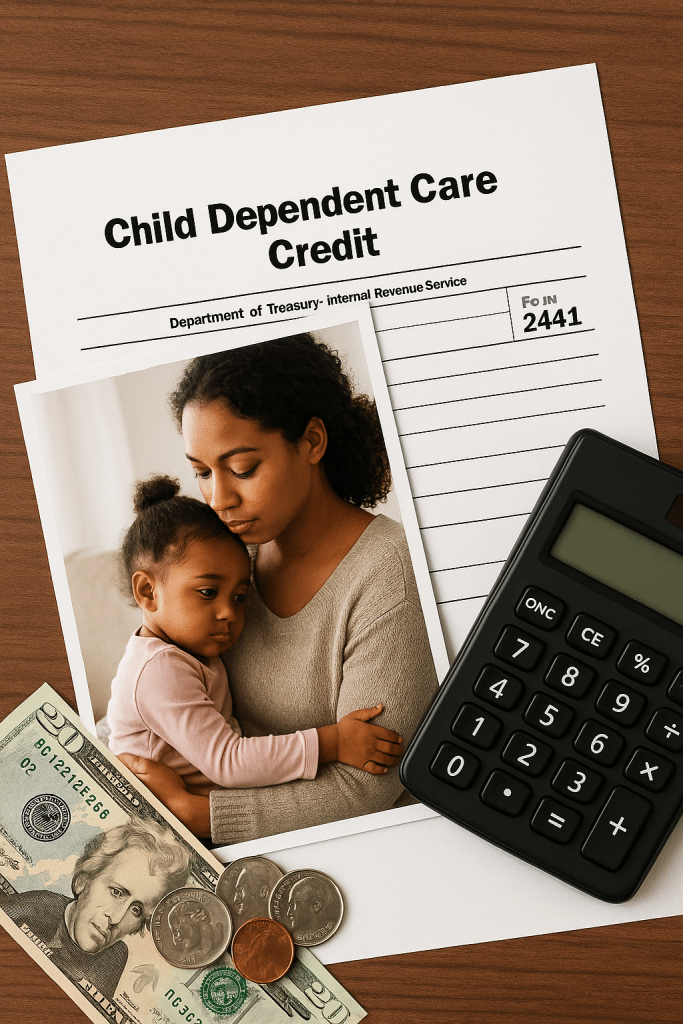
As the 2025 tax year approaches, families across the U.S. should be aware of critical updates to some of the most valuable tax credits available. While many provisions remain unchanged, the IRS has adjusted key credit amounts—and lawmakers are proposing reforms that could further impact what families owe or receive. Whether you’re a parent, an adoptive family, or a working household with dependents, these four changes could directly affect your refund in 2026.
Here’s what’s new—and what’s potentially on the horizon.

For the 2025 tax year, the refundable portion of the Child Tax Credit remains at $1,700, the same as in 2024. However, there’s more to the story.
House Republicans have included a provision in their tax and spending bill that would increase the credit to $2,500 through 2028, before settling at $2,000 in later years. The proposal also includes a new requirement that eligible children must have a Social Security number, which could restrict access for certain households.
Families may also qualify for state-level CTCs in over 15 states and the District of Columbia.
Bottom line: While no changes are finalized, families should watch closely. If the proposed increase passes, refunds could grow significantly in the years ahead.
Adoption Tax Credit Grows to $17,280 And Could Become Refundable
For adoptive parents, the 2025 tax year offers a slight boost: the federal adoption credit has increased to $17,280, up from $16,810 in 2024. This credit helps cover qualified adoption expenses and can be carried forward for up to five years if it exceeds your tax liability.
Currently, the credit is nonrefundable, meaning it can only reduce what you owe—but not generate a refund on its own.
However, pending legislation could change that. A GOP-backed proposal would make the credit fully refundable, indexed to inflation, and allow tribal governments to define special needs eligibility, potentially expanding access for Native communities.
Bottom line: Even without the refundability change, the higher limit can help offset adoption costs. But if the reforms pass, your refund could see a much bigger boost.
Child and Dependent Care Credit: Unchanged, But Still Worth Claiming
While no updates were made for 2025, the Child and Dependent Care Credit is often overlooked and still provides meaningful relief.
You can claim:
- Up to $3,000 in expenses for one qualifying dependent
- Up to $6,000 for two or more
- The credit covers 20%–35% of expenses, depending on your income
Note: The credit is nonrefundable and doesn’t change based on inflation. It’s most beneficial for middle-income families with dependent care expenses and limited tax liability.
Bottom line: No increase this year, but eligible expenses remain deductible and valuable—especially for working parents.

For lower-to-moderate income working families, the EITC remains a powerful refundable credit, and its value rises slightly for 2025. Here’s what you could claim next year:
- $8,046 for three or more qualifying children (up from $7,830 in 2024)
- $7,152 for two children (up from $6,960)
- $4,328 for one child (up from $4,213)
- $649 with no qualifying children (up from $632)
To qualify, your investment income must be under $11,950. Income phaseouts vary by filing status.
New legislation proposes a child certification program to prevent duplicate claims and a Treasury-led oversight task force to manage errors and fraud.
Bottom line: More families will qualify for slightly higher credits in 2025, and pending reforms may add some administrative hurdles—but the EITC still offers serious refund potential.
Final Thoughts: Why These Changes Matter
Whether you’re planning a family, navigating childcare, or working multiple jobs to support dependents, these four credit updates are worth tracking. The combination of IRS inflation adjustments and proposed reforms could dramatically influence how much you owe—or how much you get back—in 2026.
To stay ahead of the curve, consider speaking with a tax professional and following legislative developments as they move through the Senate.








